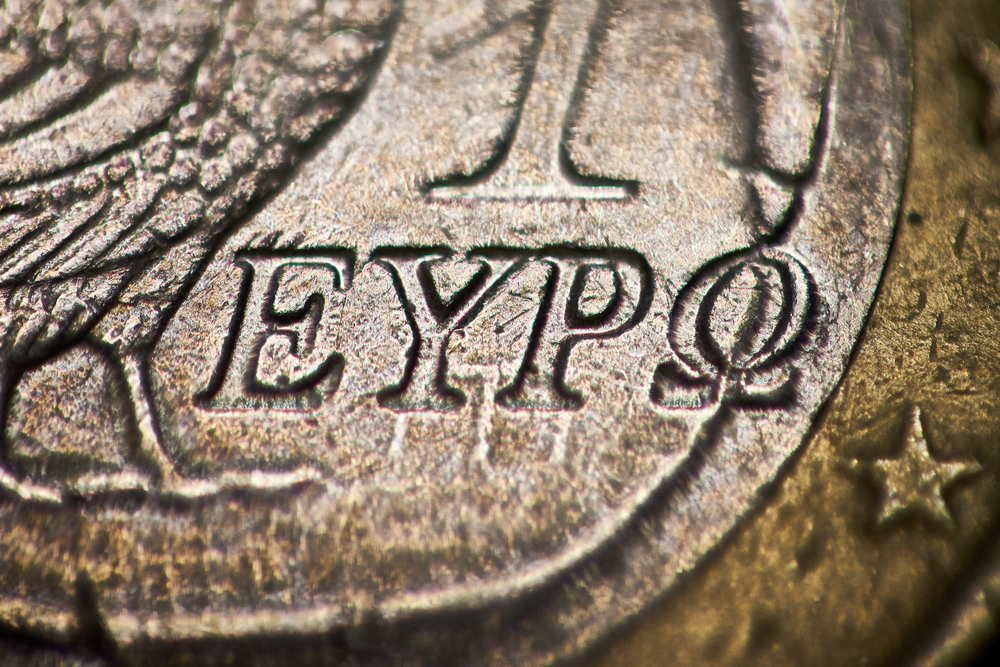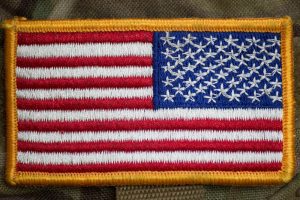Have you been collecting coins for years? Or maybe you’re just getting started?
Either way, it’s essential to learn about the different components of coins, their significance, and what makes different coins stand out or more valuable.
So, what are the different parts of a coin? Continue reading to learn that and much more.
A coin has eight different sections that are all significant. They’re called the Obverse, Reverse, Edge, Rim, Legend, Mint Mark, Relief, and Field.
It’s crucial to know the fundamental coin jargon, entailing the components of the coin as well as the various finishes.
Table of Contents
What are the different coin parts called?
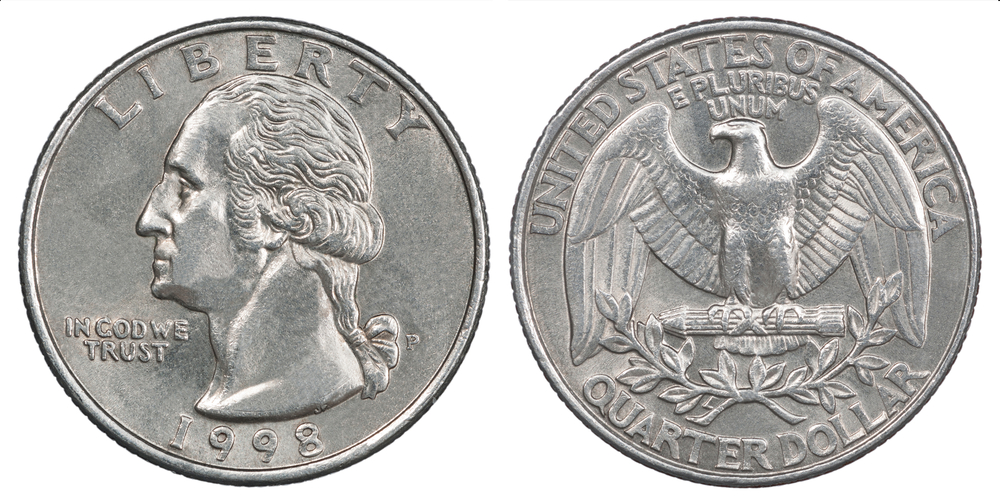
- Obverse: The coin’s frontal half (sometimes known as the “head”).
- Reverse: The coin’s reverse half (sometimes known as the “tail”).
- Edge: The exterior edge of the coin is known as the circumference. Edges can be left simple, reeded, lettered, or otherwise embellished.
- Rim: An elevated portion of the edge of a coin on both ends that serves to assist with preventing wear and tear in the coin’s pattern.
- Legend: An engraving or lettering that is the most prominent feature on a coin.
- Mint Mark: A little letter or emblem on a coin that is used to indicate the country in which a coin was manufactured. Presently, the Philadelphia, Denver, San Francisco, and West Point mints are represented by the letters P, D, S, and W.
- Relief: The section of a coin’s pattern that is elevated above its surface.
- Field: A flat area of a coin’s surface having no inscription or design
What are coin finishes?
In addition to circulating and proofing coins, the mint also makes coins in a variety of finishes, such as uncirculated and proofed.
These coins are created by a variety of manufacturing processes.
Enhanced Finishes
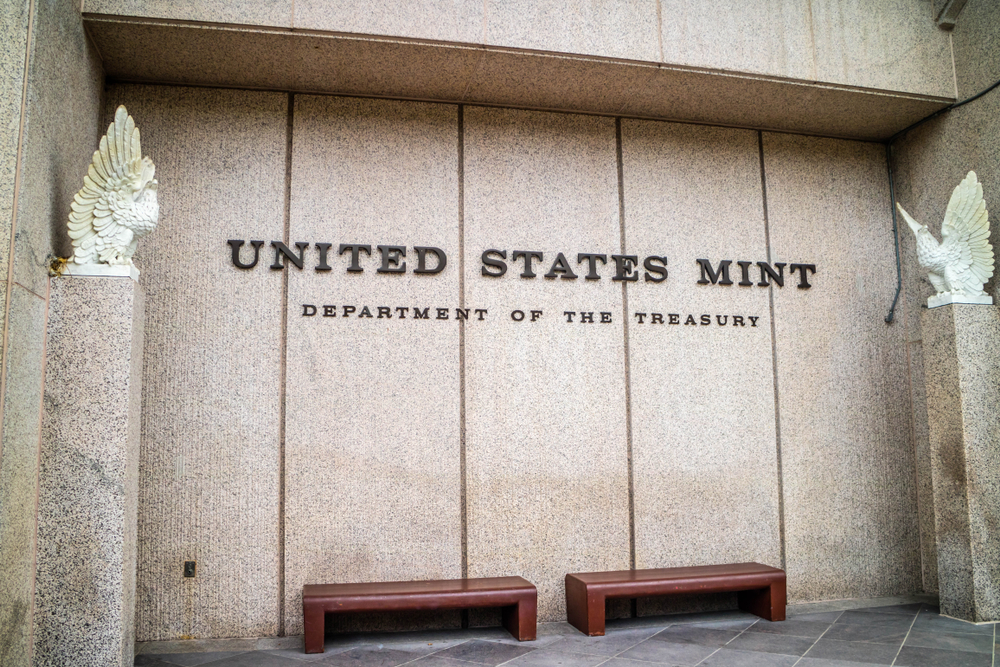
The United States Mint occasionally produces special enhanced, uncirculated, proof, and reverse proof coins.
To bring out even more detail on the coin, frosting or polishing is given to specific portions of it.
Proof Coins
Proof coins have a mirror-like background with frosted design components and are struck in the United States.
To apply this method, it is necessary to physically place burnished blank coins into presses using specific dies for the mint.
To bring out the nuances of the design on each coin, every coin is struck a minimum of two times.
Reverse Proof Coins
The reverse of proof coins has a frosted background with a pattern that looks like a mirror.
Circulated Coins
Circulating coins are coins that are designed to circulate among individuals while they go about their daily business of purchasing and selling things.
These coins are produced by the mint without the additional procedures required for the other finishes.
Uncirculated Coins
Uncirculated coins are produced by the mint to keep and collect. These are made in the same way as circulation coins but with quality modifications to give them a beautiful finish. This is also how commemorative coins are made.
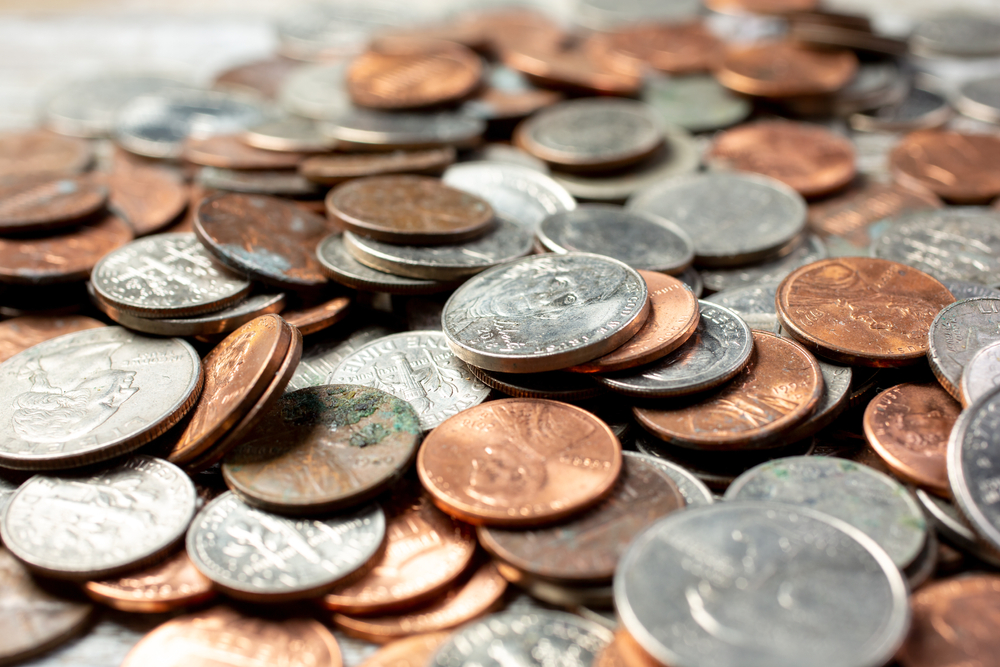
What is the study of coins?
Coin collecting, also known as numismatics, is the systematic gathering and study of coins, tokens, paper money, and other things with a similar form and function as money.
Coin collecting is one of the world’s oldest pastimes to engage in.
Paper money has only been in use for a short period in most countries, excluding Japan and China.
Because of this difference in history, paper money as well as other forms of notes are collectibles, although coins have a much longer history and paper money is mostly a recent phenomenon.
When did coin collecting begin?
The old notion that coin collecting started during the Italian Renaissance is being negated by data indicating that this activity is considerably more ancient than previously believed.
During the reign of Emperor Augustus (69–122 AD), writings reveal that the emperor was a collector of antique and foreign coins, and he presented them as gifts to his friends.
This tale, as well as numerous other literary accounts of a coin collection from Greek and Roman sources, provide current archaeological proof that coins have been gathered at least since the Roman era and most likely for as long as coinage has been in circulation.
Examples include a hoard of 70 Roman gold coins discovered in the Swiss town of Vidy that didn’t contain any two instances of the same type, implying that the coins had all been collected throughout the time when the Romans ruled the city.
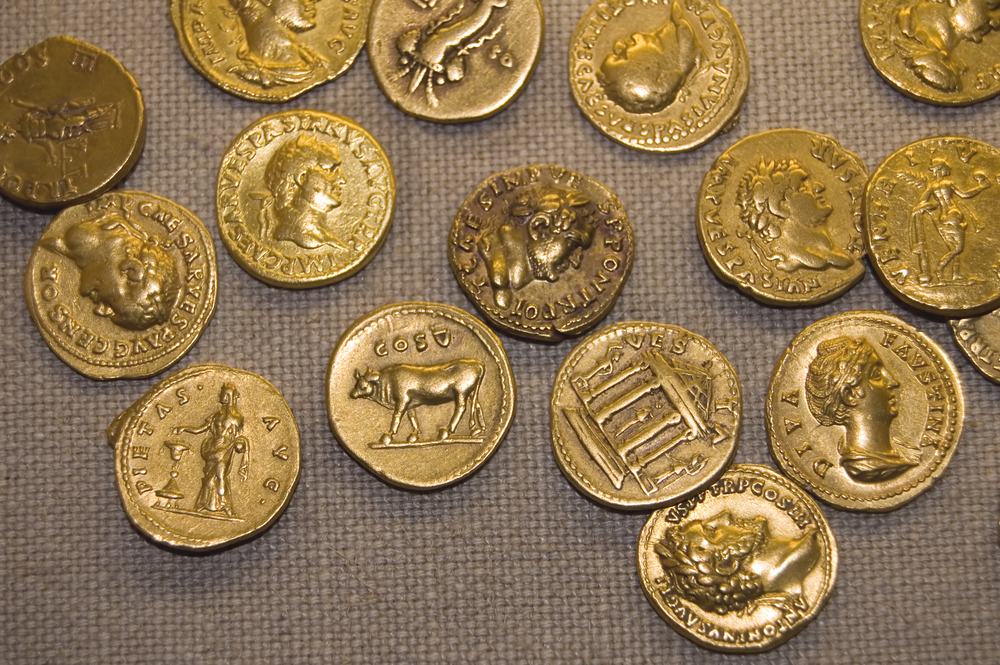
What is the American Numismatic Association (ANA)?
Members of the American Numismatic Association (ANA) receive a variety of perks, including discounts on products and services, access to online features, and a subscription to the monthly newspaper.
The Numismatist Administration, library, and money museum are all located at the American Numismatic Association’s Colorado Springs headquarters.
An Act of Congress of the United States Congress authorized the establishment of the American National Association (ANA) in 1912.
The ANA is administered by a board of governors. Its proper operation is assisted by a large number of advisory panels.
To encourage youth interest in numismatics, the American Numismatic Association (ANA) has established the Young Numismatists program.
How did coin collecting start?
This early period’s interest in coin collecting appears to have been spurred in large part by people’s obsession with the designs on the coins, which included depictions of historical monarchs, legendary figures, and the like.
Until relatively recent times, coin collecting was not popular in Asia and Africa, owing to the absence of imagery on the coins of these regions.
In what ways do pre- and post-Renaissance coin collecting differ?
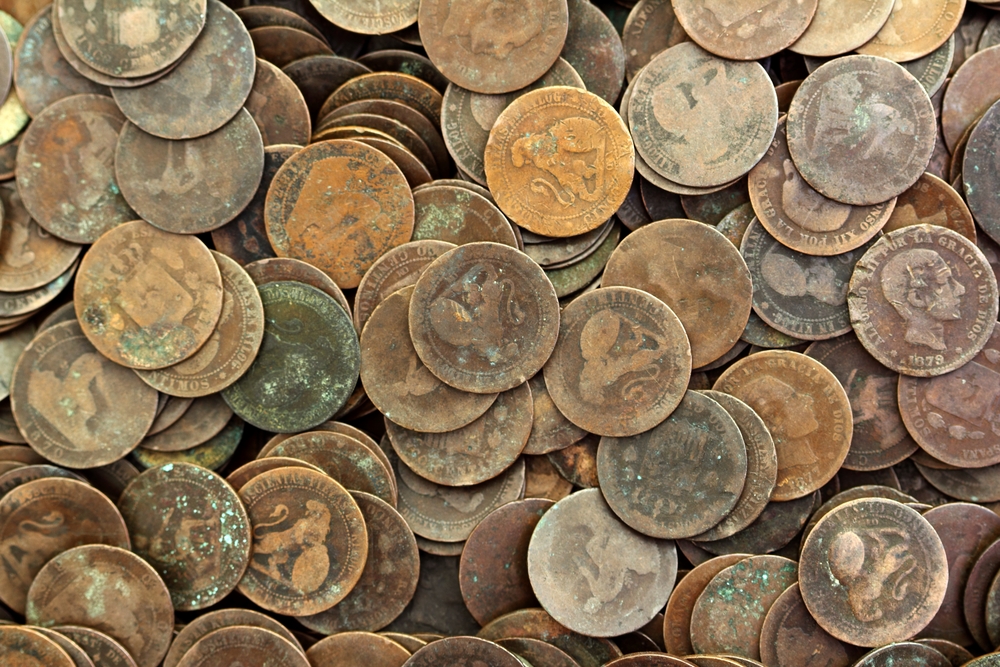
The establishment of a thriving market is the most significant distinction between coin collecting before and after the Renaissance.
Requests for historic coins skyrocketed as a result of the renewed craze, far outstripping supply.
When ancient currency collecting grew popular in the late 15th century, it became known as the “hobby of kings,” and the list of collectors reads like a Who’s Who of European nobles.
These benefactors commissioned prominent painters to create copies of ancient coins, as well as image or memorial medallions, which quickly rose to the status of desirable items in their own right.
An agent cottage business sprang up to cater to the demand of collectors, and a quest for salable artifacts in source areas was launched.
The unquenchable market generated so much interest that it, predictably, also aided in the emergence of forgeries.
How did coin collecting become an academic pursuit?
It took several centuries for collecting to gradually turn toward real investigation in the 17th century.
A large number of diverse collections were formed, researched, and cataloged as a result of this endeavor.
It was during this period that numismatics developed into an academic study, with numerous notable treatises written.
During the 18th century, the engagement of organizations as well as the growth of public collections resulted in the endorsement of academic study, elevating numismatics to the status of legitimate science.
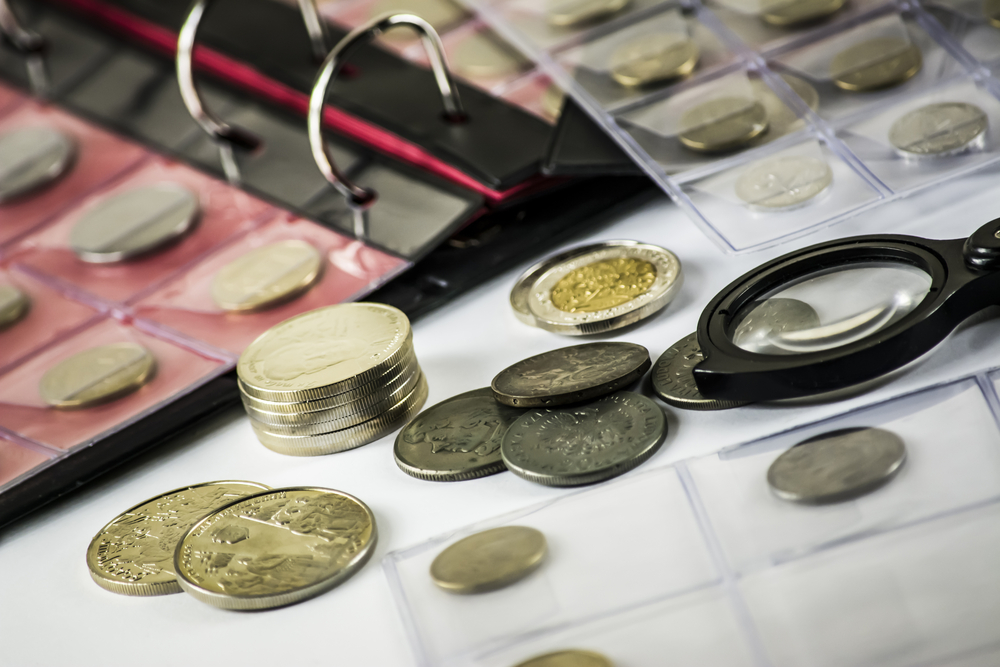
One of the most essential aspects was that the flow of knowledge and new findings were regulated through the publication of comprehensive and widely distributed treatises on the subject of coinage and collecting.
Coin collecting had become a popular pastime among middle-class entrepreneurs and members of various occupations, who were increasing in number along with cultural sophistication as a result of the availability of such knowledge to the general public.
How has coin collecting evolved?
During the nineteenth century, the network of confidential coin collectors grew substantially, and handbooks for novice coin collectors began to be published in large numbers.
Ancient coins were replaced by world coins as the scope of coin collecting expanded, and the practice grew in popularity.
A large number of numismatic societies were established throughout the United Kingdom and Europe, as well as the US, with admission available to members of all social strata.
A flourishing industry arose as a result of the emergence of coin collecting periodicals and the increasing appetite of new enthusiasts for the hobby.
Even more widespread expansion of the coin-collecting community occurred during the twentieth century, as evidenced by the formation of coin exhibits, rare coin conferences, international conferences, educational seminars, and an explosion of local clubs.
How did investment in coins begin?
Because of the growth of the market, there has also been some advertising of coins as a means of investing.
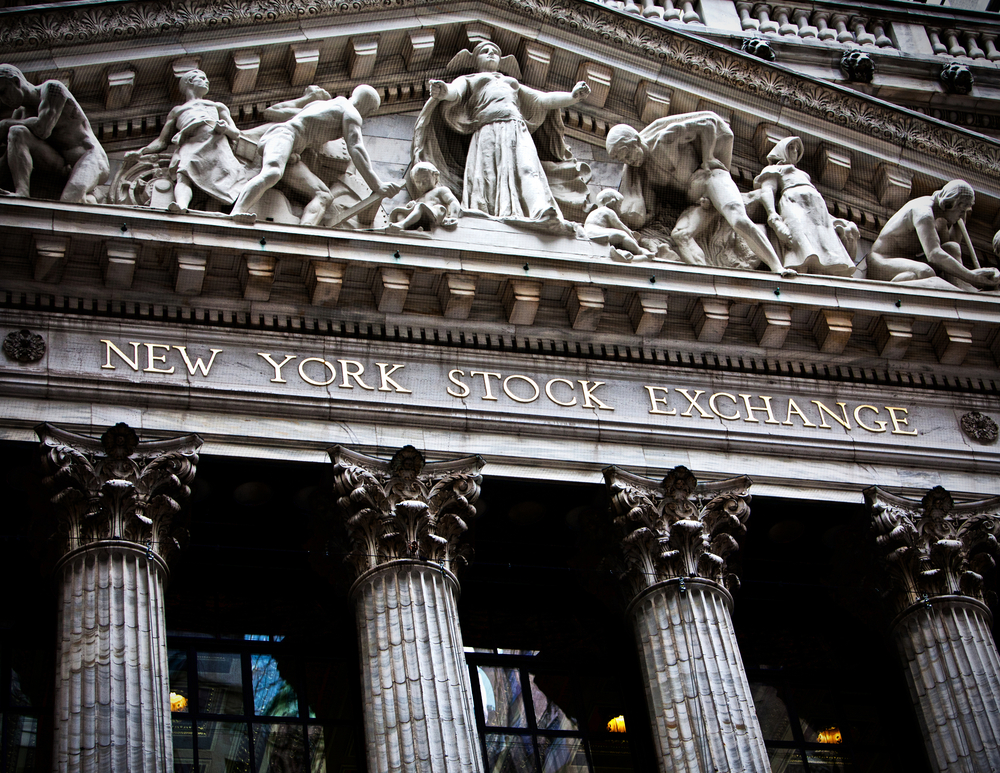
Private coin collections of collectible coins were gathered by several investors. During the late 1980s and early 1990s, the New York Stock Exchange dealt with at least two prominent funds dedicated to ancient coin investment.
Various funds and outlets trade modern gold coins as bullion, including the New York Mercantile Exchange.
Despite this, a huge number of coin collectors are involved in a recreational activity or pursuit.
What is the difference between forged and counterfeit coins?
The subject of forgery has grown increasingly significant to collectors as a result of the advancements in contemporary technology witnessed during the previous two centuries.
Faux difficulties have existed from the beginning of time. Several coins were counterfeited in history, either for profit or for the sake of surviving.
Due to a lack of sufficient legal currency available for circulation, the latter occurred consistently.
A big difference between counterfeit and forged coins is that the forger aims to sell his commodities to the collector community, where the worth of the items as legal currency is immaterial.
How has the internet influenced the coin-collecting culture?
With the introduction of the internet, a whole new generation of numismatic collectors was born into the world.
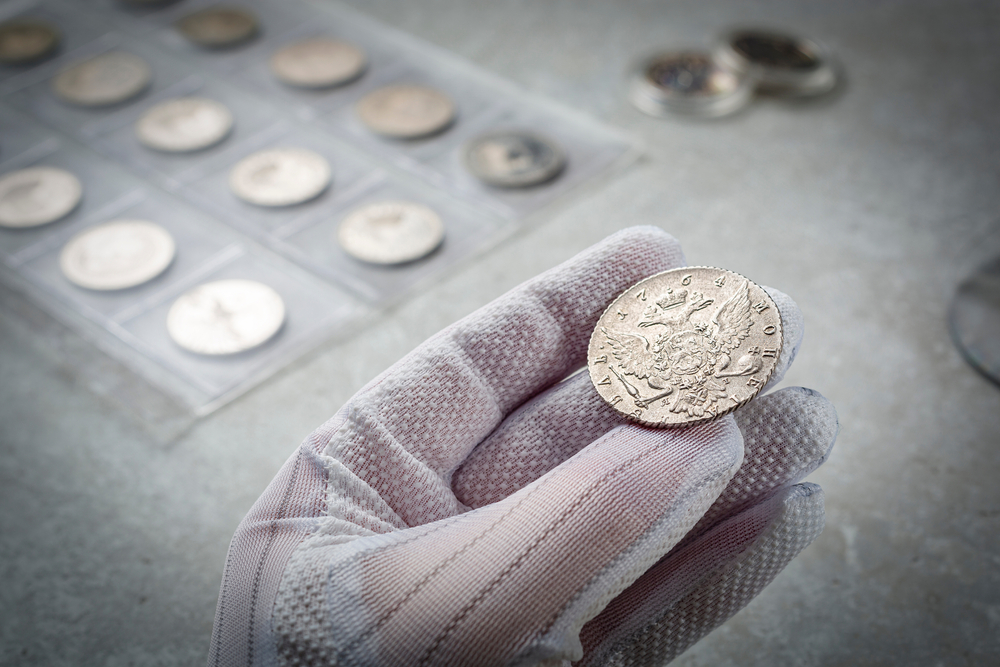
New collectors were attracted to the hobby as a result of widespread exposure to an unusually broad audience, which was unprecedented for several decades.
There were new opportunities, as well as new challenges, as a result of this. Because of the relatively low degree of experience of internet buyers, false marketplaces were established that were not viable in the long run.
A rush of excitement in the mid-1990s was followed by a steady slowing of the market, which eventually developed into a vehicle through which well-established enterprises could trade more effectively than they could in other traditional settings.
The simultaneous expansion of educational websites enabled new collectors who use the internet to mature at a significantly faster rate than they would otherwise have done.
Are some coins illegal to collect?
Increased protections for historical coins were instituted as coin collecting became more popular.
After passing a resolution in 1970 designating coins and other types of objects older than 100 years as cultural property, the United Nations Educational, Scientific, and Cultural Organization (UNESCO) issued guidelines for importing, exporting, and transferring titles to these things.
Those member states that voted in favor of the resolution were left to devise a mechanism for enforcing the resolution themselves.
The exportation of ancient coins has, as a result, been prohibited in many nations where they were struck in antiquity.

Regulations enacted by the United States by the UNESCO declaration allow for limitations in specific circumstances.
General opposition to import limits can be found among private collectors and museums, among other groups.

